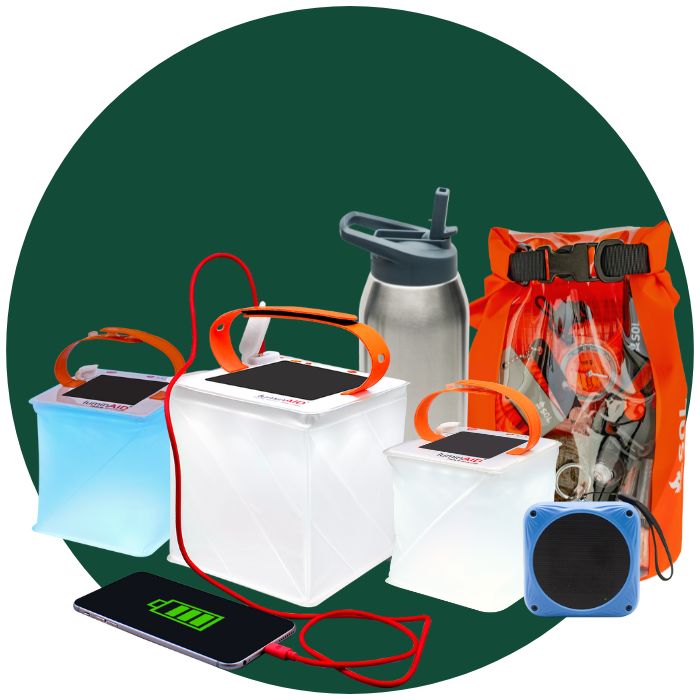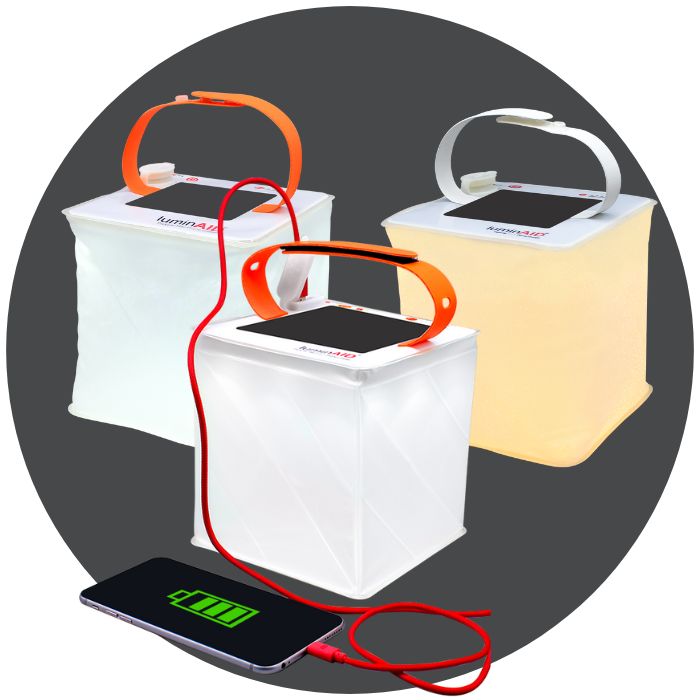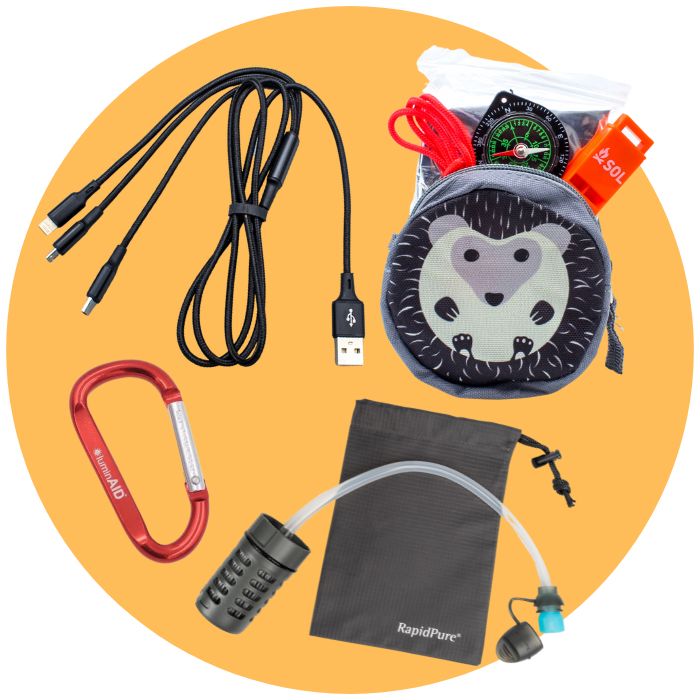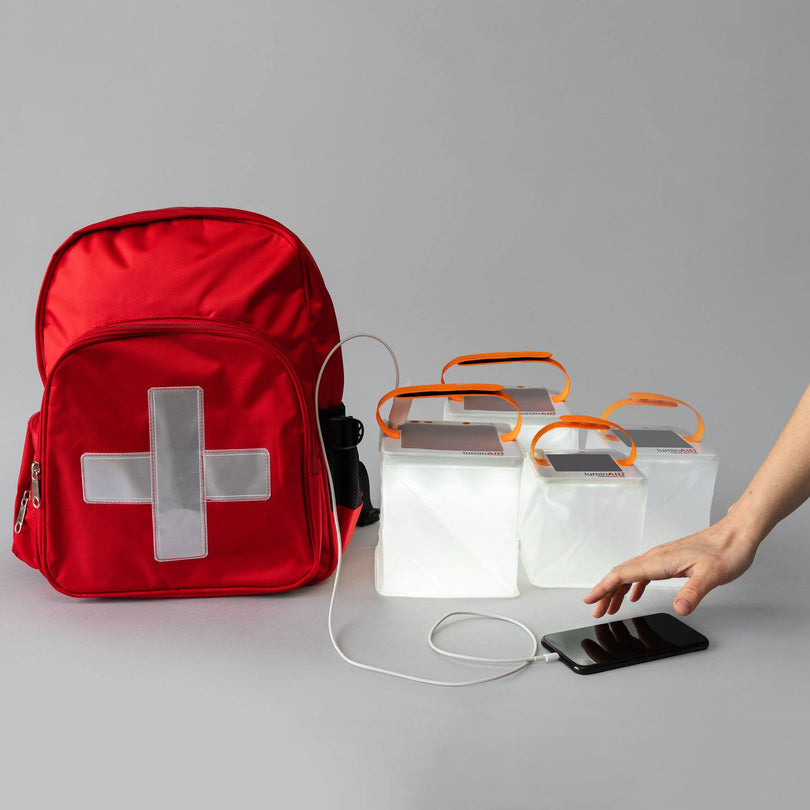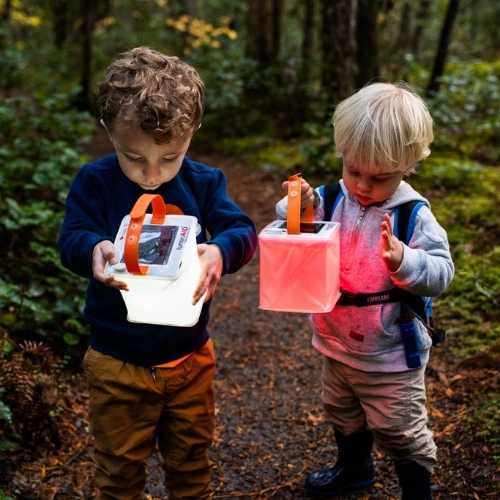Planning a nonprofit fundraiser can seem like a daunting task. With a million things to plan, where do you begin? While no two campaigns are the same, here are some tips for a successful crowdfunding or peer-to-peer fundraiser.
1. Set a goal
The most important thing is to have a clear goal for your fundraiser. You need to decide exactly what you’re hoping to fund and how much you need to fund it. Is it funding to keep up operations for the year? Or 500 solar lanterns to be dispersed after a natural disaster? And how much money will that take?
Calculate your number of core supporters, people on your email list, and social media followers, and estimate how many will actually donate to the campaign. Then add up how much each person will need to donate to meet your campaign goal. Make sure this number is realistic based on you constituents’ past behavior and giving capacity. Lastly, create a timeline for the fundraiser. Work backwards and think about how long each step will take in order to choose an end date for the campaign.
2. Create content
Every campaign needs content to motivate supporters to give. Whether that’s emails, social media posts, infographics, testimonials, pictures, or videos, make sure to have as much of this ready ahead of time so you’ll know how each asset will fit into the overall strategy.
You can also create content specifically for others to share, that way they can leverage their networks and more easily ask friends and family for donations. Provide them with sample emails or social media posts, or even photos and design assets.
3. Soft launch mode
Once everything is prepared, it’s tempting to go live right away. However, a soft launch is a great way for your campaign to gain momentum before reaching out to a broader base.
Because people are more likely to give when you’re closer to reaching the goal or at the end of the campaign, it’s smart to start with your biggest supporters. Contact your core donors, social media evangelists, and volunteers, and ask for their help in making your campaign a success before it’s expanded to a broader audience.
4. Go wide
A week after your soft launch it’s time to go wide with the campaign. Make sure the fundraiser is front and center on all of your communication channels.
There are countless ways to bring your fundraiser to the forefront. Add a banner to your homepage bringing people to a branded donation page. Change the profile and background pictures on your social media accounts to reflect the campaign. Have an email series that introduces the campaign, its goal, and a call-to-action to donate. The further along in the campaign you go, segment your list to be more targeted with messaging. Focusing on those who haven’t donated, those who have, and those who’ve donated large amounts. And of course use social media -- blogs, Facebook, Twitter, and Instagram -- to disseminate the content you’ve already created.
5. Final stretch
In the final weeks, make sure to remind potential donors that the fundraiser is coming to an end. You can reach back out to your largest donors individually and ask them to help you achieve your goal.
When it’s all over, you’ll need to remember to thank everyone for their help and donations. Segmenting emails again can help make this more personalized if you’re not able to do them individually. Share with them how much you were able to raise and how this affects your goals and mission.
You may also want to ask for feedback, that way you’ll better understand what they liked and didn’t like about the process. This can help you with planning for the next fundraiser!

